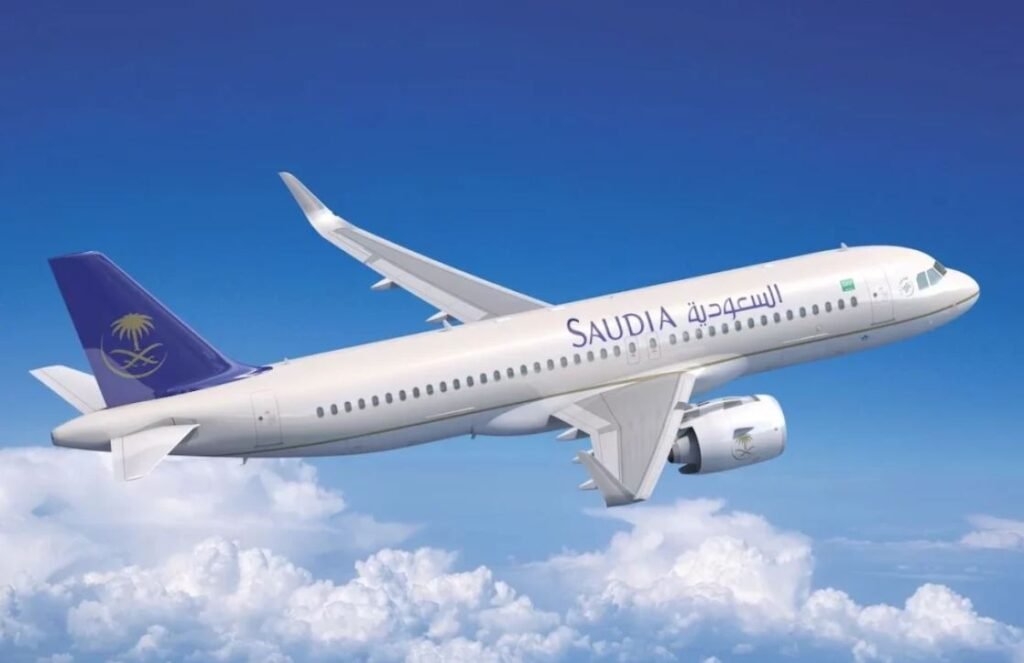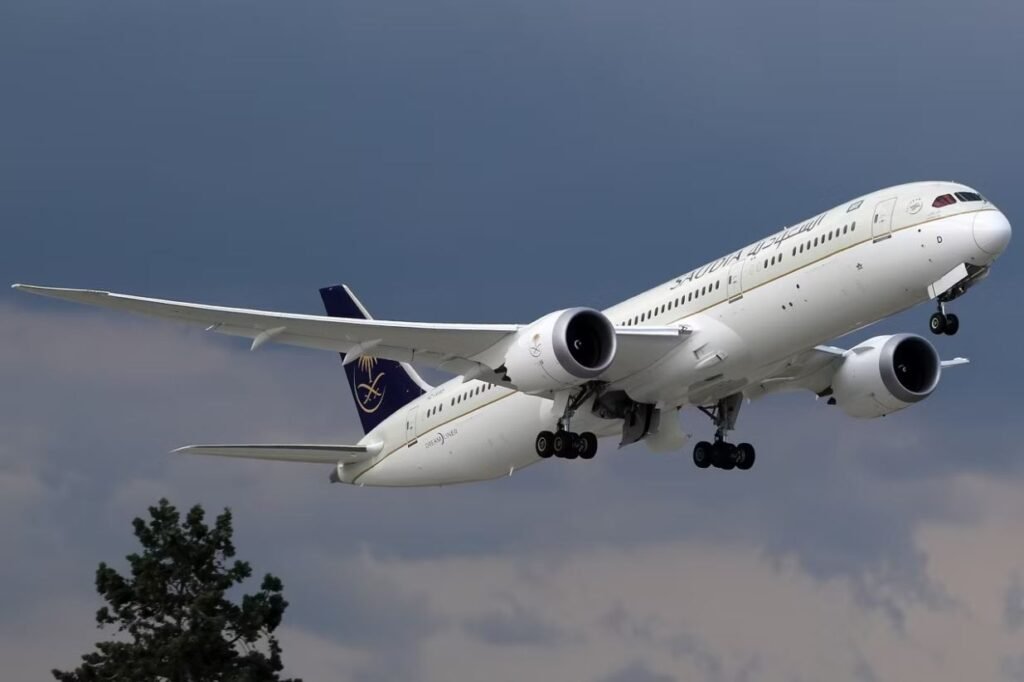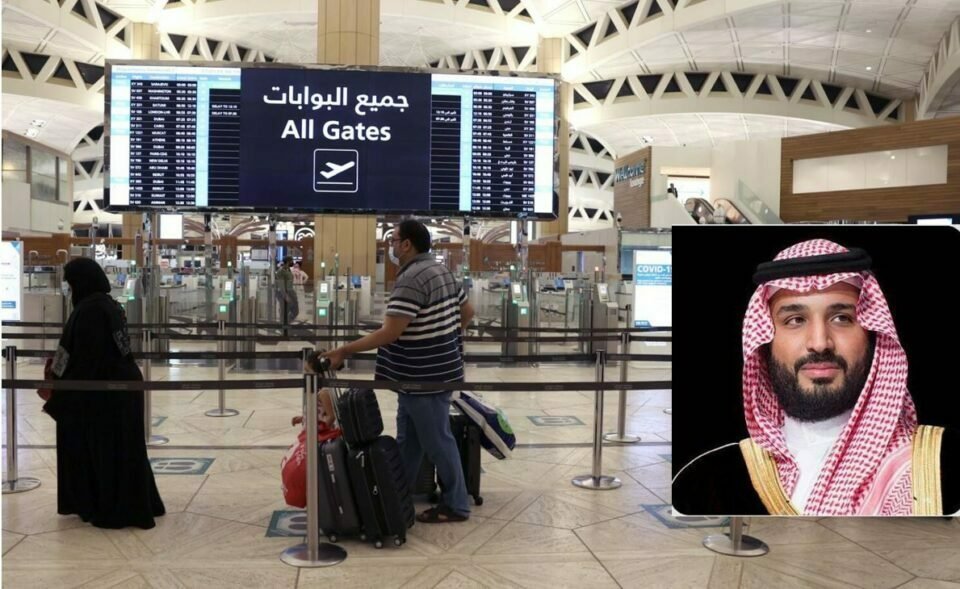Riyadh Air will be the nation’s new airline, according to the Saudi Arabian Public Investment Fund (PIF) and the country’s Crown Prince Mohammad bin Salman bin Abdulaziz, who is also the PIF’s chairman.
The headquarters of Riyadh Air will be in Riyadh, Saudi Arabia, where King Khalid International Airport serves as the hub for the nation’s other flag carrier, SAUDIA (RUH). By 2030, the new airline would operate flights to more than 100 locations worldwide, according to the PIF, but it made no mention of the size of its fleet. The city’s municipal government also unveiled a plan to build King Salman International Airport in November 2022, which will take the place of RUH and make use of portions of the airport’s current terminals.

Riyadh Air: Boeing or Airbus?
But, the fund is attempting to negotiate an order with Boeing worth up to $35 billion, according to the Wall Street Journal (WSJ), which quoted people familiar with the situation.
The PIF and Riyadh Air are interested in 100 or more aircraft, with the order likely to comprise a mixture of narrow-body and wide-body planes. Airbus and Boeing have reportedly been competing for a deal with the RUH-based carrier. It was previously reported that the new Saudi Arabian airline was seeking to purchase up to 40 Airbus A350s. Yasir Al-Rumayyan, the PIF’s current governor and the incoming chairman of the airline, will serve as the CEO of Riyadh Air. Tony Douglas, the former CEO of Etihad Airlines, where the British executive served between 2018 and 2022, will be present with Al-Rumayyan. Local media in January 2023 stated that Douglas had left his position as CEO of the then-unannounced airline. However on March 12, 2023, the PIF declared that Douglas would command the carrier.
According to the PIF, other senior management will comprise Saudi and foreign executives.
using Saudi Arabia’s location as an advantage

While a number of Gulf-based airlines have successfully connected passengers between Africa, Asia, and Europe, Saudi Arabia hopes to use its proximity to these three continents to draw customers to the new airline.
The statement from the PIF stated that the “new national carrier will harness Saudi Arabia’s advantageous geographic location between the three continents of Asia, Africa, and Europe, enabling Riyadh to become a gateway to the globe and a global destination for transit, trade, and tourism”. The fund predicts that Riyadh Air will increase non-oil GDP by up to $20 billion and generate more than 200,000 direct and indirect jobs. In addition to expanding on the company’s operations to become a prominent national carrier, the new airline will “benefit from PIF’s investing knowledge and financial capabilities,” according to PIF.
The creation of the airline is a strategic step taken by the Saudi Arabian government as part of its Vision 2030 ambition to diversify the country’s economy away from oil and other natural resource earnings. The local aviation sector will be developed and made into a global competitor as part of the plan.
The PIF intends to construct King Salman International Airport on the same grounds as RUH, therefore the new airport will likewise be in Riyadh. Bin Salman stated that the new airport would “improve Riyadh’s status as a worldwide logistical hub, encourage transport, trade, and tourism, and operate as a bridge linking the East with the West” when it was first announced in November 2022. The project, which is connected to Vision 2030 in a similar way to Riyadh Air, is expected to “add 27 billion Saudi riyals [$7.1 billion – ed. note] annually to non-oil GDP and to create 103,000 direct and indirect jobs, in line with Vision 2030 objectives,” according to the government.
By 2030, the government hopes to “convert Riyadh to be among the top ten city economies in the world and to support the growth of Riyadh’s population to 15-20 million people.” This goal will be made possible with the aid of the airport. It is anticipated to be one of the biggest airports in the world, with six parallel runways and the ability to accommodate 120 million passengers by 2030 and 185 million by 2050.
The airport handles “more than 28.5 million people a year,” according to a page on the RUH website that was last updated on February 17, 2022.




